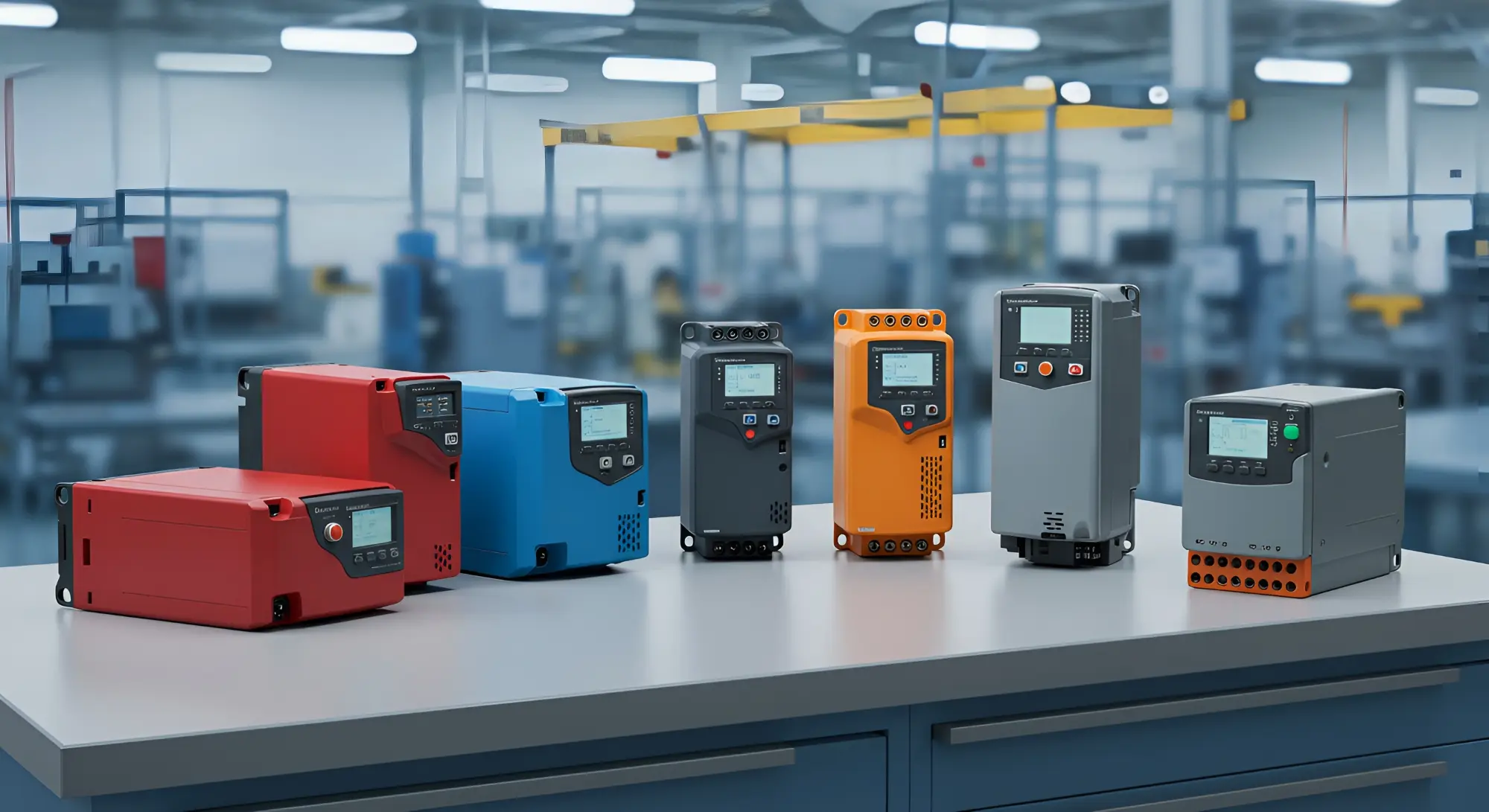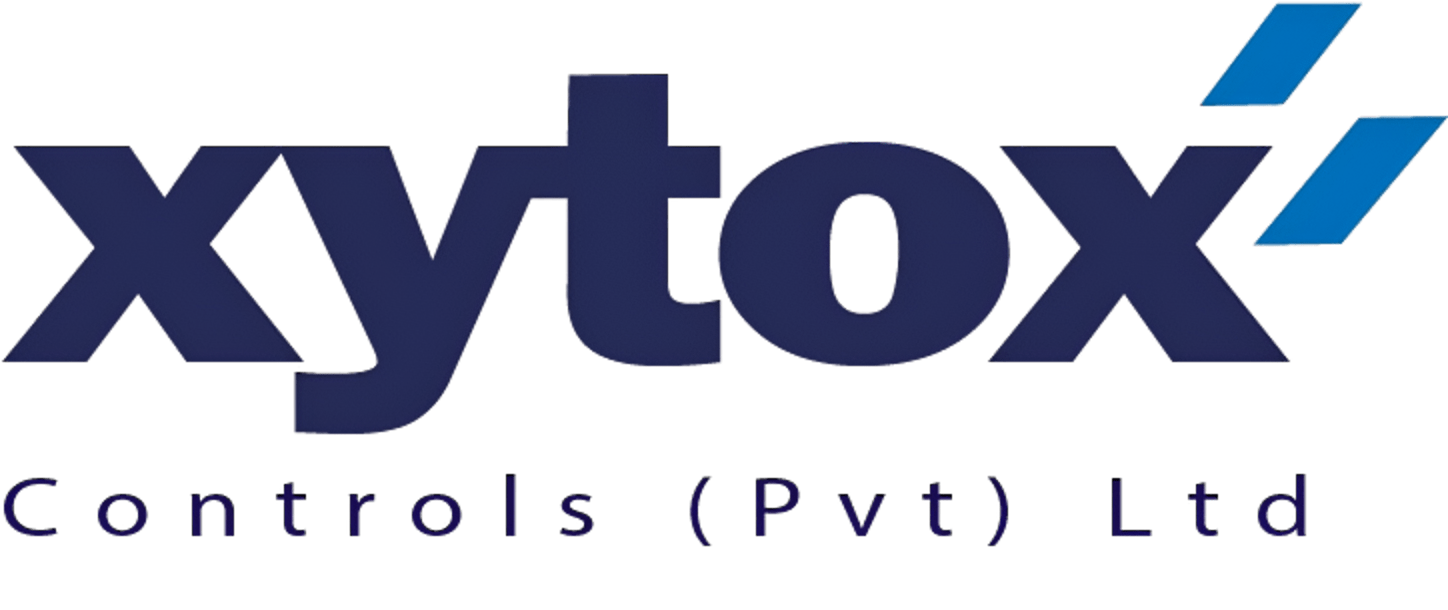Blog
The Role of VFDs in Modern Industrial Automation

In today’s competitive manufacturing environment, efficiency is everything. Whether you’re trying to reduce energy costs, improve process control, or extend equipment life — Variable Frequency Drives (VFDs) are your best friend.
But what exactly do they do, and why are they so essential?
Let’s dive in.
⚡ What is a VFD?
A Variable Frequency Drive (VFD) is an electronic device that controls the speed and torque of an electric motor by adjusting the frequency and voltage supplied to it.
By varying the motor speed to match the process requirements, VFDs help save energy, reduce wear and tear, and offer precise control.
🌟 Key Benefits of Using VFDs
✅ 1. Energy Savings
Most motors run at full speed even when it’s unnecessary. VFDs allow speed control, drastically cutting down on electricity use — especially in applications like pumps and fans.
🛠 2. Extended Equipment Life
By starting motors gradually (soft start), VFDs reduce mechanical stress and increase the lifespan of motors and gearboxes.
📊 3. Improved Process Control
Precise speed adjustments lead to more accurate control over flow, pressure, or tension — critical in automated systems.
🔇 4. Noise Reduction
Lower speeds mean quieter operation, which is a huge plus in environments that value noise control.
⚙️ Where VFDs Are Commonly Used
- Conveyors & Packaging Lines
- Pumps and Fans
- HVAC Systems
- Mixing and Dosing Systems
- CNC Machines and Robotics
Pro Tip: Use a VFD with built-in protection features like overload detection, over-voltage, and fault logging for a smarter system.
🧠 Smart Automation Starts with Smart Control
In a world shifting toward smart factories and Industry 4.0, VFDs are no longer optional — they are a standard.
At Xytox Controls, we offer a wide range of VFDs from top brands, with technical support to ensure the right fit for your application.
Ready to make your systems smarter, faster, and more efficient?
[Explore VFDs in Our Shop →]



